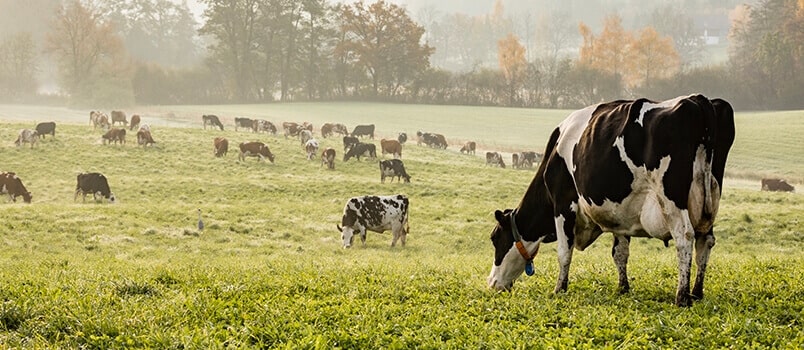Starting a farm? Already keeping a legacy alive? Then you know tax laws for farms are more complex than any new-fangled tractor engine. Even seemingly simple write-offs — like livestock — can operate differently on your return.
Luckily, We’ve got the details on what qualifies as a farm and even where and how to deduct cows.

Does my business qualify as a farm?
Converted your backyard into a vegetable garden? Keep several beehives? How about the chickens, fruit trees, and other cool stuff you’ve included in your property? Well, the IRS judges farm vs. victory garden questions similarly to how it identifies a hobby from a small business. Tax qualifications are determined on a case-by-case basis. To be considered a true farmer versus a green thumb, there are some guardrails you’ll need to meet.
According to the IRS, you’re in the business of farming if you “cultivate, operate, or manage a farm for profit, either as owner or tenant.” And that farm you nurture can include livestock, dairy, poultry, fish, fruit and operate as a plantation, ranch, range, orchard, grove, or truck farm.
Here are a few questions the IRS may use to determine farm-worthiness:
- Do you operate your farm in a businesslike manner?
- Do you depend on income from farming for your livelihood?
- Does the time and effort you spend on farming indicate you intend to make it profitable?
- Do you change methods of operation in an attempt to improve profitability?
You may not need to answer yes to all, but you will need to build a detailed case for Uncle Sam. If you and your spouse both materially participate as the only members of a jointly owned and operated farm, you can file as a qualified joint venture.
How do I file a cow on my taxes?
Depends. Are you a rancher or a dairy farmer? Did you buy your cow or was it born onsite? Interestingly enough, all of these factors may play a role in how you classify your expense.
A dairy cow contributes to a farm’s value over its lifetime, making it a capital asset. That’s why its cost can be claimed through depreciation — typically over a 5 or 7-year period. If your cow is raised primarily for sale (a meat cow), then it’s calculated as inventory.
What happens when a cow “buys the farm?”
If the cow is born onsite, there’s nothing to deduct because there’s no basis (purchase price). If it isn’t, then the tax treatment depends on the type of livestock:
- The dairy cow (capital asset): Record the loss by indicating the livestock was sold/disposed of for no sales price.
- The sale cow (meat cow): Calculate the loss as part of lost inventory.
Are there depreciation rules for recovery periods on assets?
Yes. Check with the IRS for specifics on each — hogs depreciate at different rates than equipment, cows, and so on.
Where do I enter asset depreciation on my taxes?
Enter the asset information on Form 4562, Depreciation and Amortization and the amount will flow through to your Schedule F, Profit or Loss From Farming.
My farm’s yield varies from year to year. How can I prepare for big tax hits?
In an effort to smooth out those ups and downs, tax code offers farmers and fishers the opportunity to average their income over a 3-year period. This can help your bottom line by not taxing you at significantly higher rates during big years. You can make this election on Schedule J, and of course, TaxAct can help guide you through the steps.
Looking for additional help with farm taxes? The IRS has a Farmer’s Tax Guide — Publication 225 — that may provide background for other farm-centric filing asks. TaxAct is also here to help you hang onto more of what’s yours — be it in cash, seeds, or even cows.
You might also like: